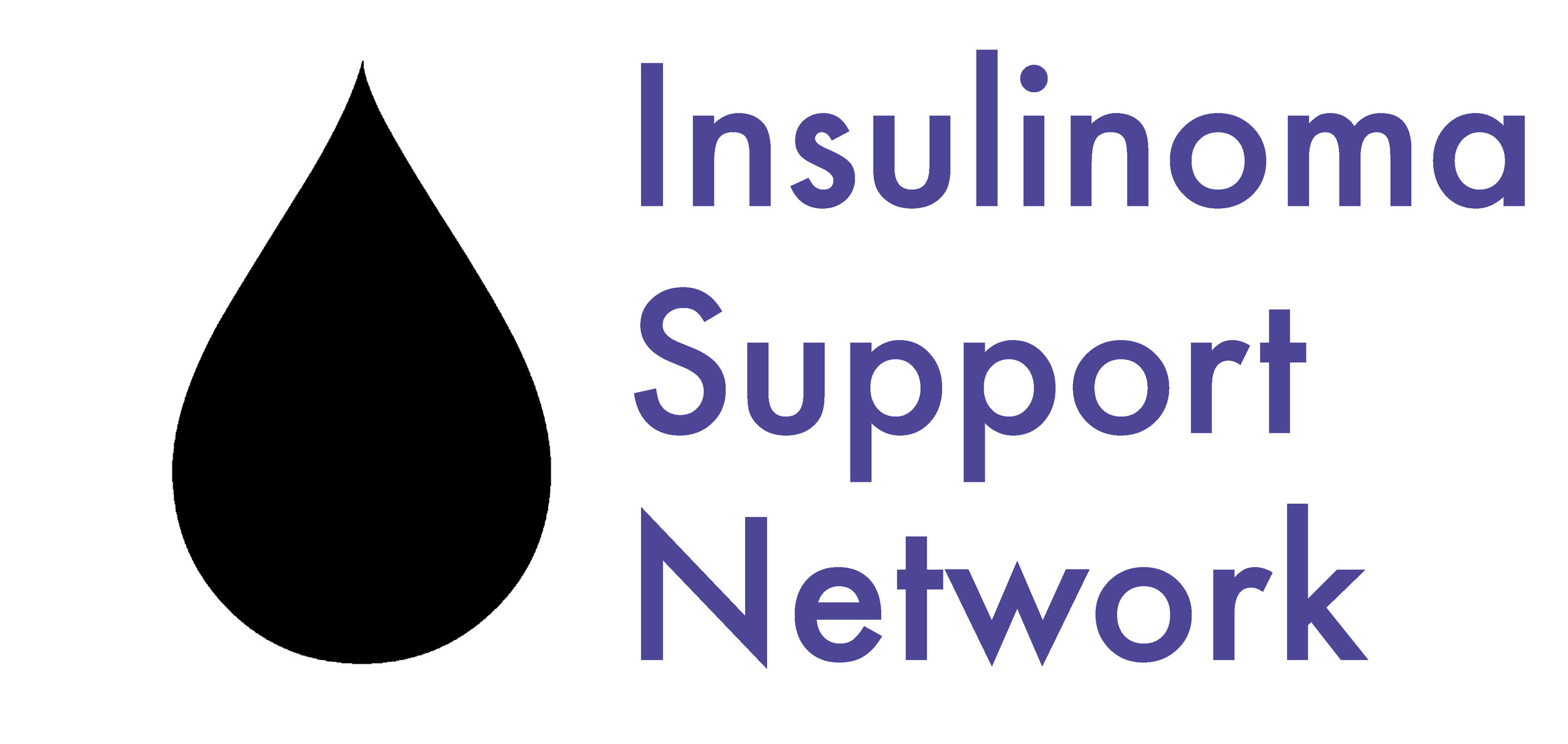Hypoglycaemia, or hypo, is the medical term for low blood glucose levels – that is a blood glucose level of less than 4 mmol/l. This is too low to provide enough energy for your body’s activities. Hypos is one of the most common symptom of having an insulinoma. It is caused because the insulinoma produces insulin.
What causes a hypo?
A hypo can be caused by the following:
too much insulin
a delayed or missed meal or snack
not enough food containing carbohydrate
unplanned or strenuous activity
drinking too much alcohol or alcohol without food
sometimes there is no obvious cause
Signs of a mild hypo
Most people have some warning signs when their blood glucose level starts to go low. These include:
feeling hungry
trembling or shakiness
sweating
anxiety or irritability
going pale (greyish complexion if you are Black)
fast pulse or palpitations
tingling of the lips
blurred vision
Signs of a more severe hypo
difficulty in concentrating
vagueness or confusion
irrational behaviour.
Immediate treatment
Once you notice your hypo warnings, take action quickly or it is likely to become more severe, and you may become unconscious or have a fit. Immediately treat with a 10-20g of a short-acting carbohydrate such as:
a glass of Lucozade or non-diet drink
three or more glucose tablets
five sweets, eg jelly babies
a glass of fruit juice
The exact quantity will vary from person to person.
If your hypo is more severe and you cannot treat it yourself, someone else can help you by: applying GlucoGel (or treacle, jam or honey) on the inside of your cheeks and gently massaging the outside of your cheeks.
If you are unconscious, Glucagon can be injected if the person you are with has been trained to use it. Otherwise the people you are with should call an ambulance immediately.
Important: If you are unable to swallow or unconscious, you should not be given anything by mouth (including GlucoGel, treacle, jam or honey). Make sure your family and friends are aware of this. If you are unconscious, you should be placed in the recovery position (on your side with your head tilted back) so that your tongue does not block your throat.
Follow-on treatment
To prevent your blood glucose levels dropping again, you should follow your sugary foods with 10-20g of a longer-acting carbohydrate such as:
half a sandwich
fruit
a small bowl of cereal
biscuits and milk
the next meal if due.
The exact quantity will vary from person to person.
Hypos at night
If you are concerned about night-time hypos, check your blood glucose between 2am and 3am when hypos are most likely to happen. Keep something sugary by your bed just in case. Alternatively have a snack before bed-time such as biscuits and milk, half a sandwich, fruit or yoghurt. If you blood glucose is low before going to bed ensure that you eat to raise your levels.
A tip from members of the insulinoma forum: Uncooked cornstarch (cornflour), ingested at bedtime can help prevent nigh time hypos. Mix a large spoonful of cornstarch (cornflour) with a glass of milk and drink.
Hypos and physical activity
Physical activity lowers your blood glucose level so it is important to eat some form of carbohydrate before, possibly during and after your activity especially if it is strenuous or lasts a long time. Hypos can happen up to 36 hours after strenuous or prolonged physical activity so you might need to adjust your medication or carbohydrate intake to compensate.
Hypos and driving
Always test your blood glucose levels before driving. If you feel you may be going hypo, pull over, stop the car as soon as it is safe to do so and remove the keys from the ignition. Leave the driving seat and treat your hypo in the usual way. Do not attempt to start driving again until you are sure your blood glucose levels have risen again.
Hypos and alcohol
Drinking a lot of alcohol or drinking on an empty stomach makes a hypo more likely to occur. The outwards signs of a hypo are also very similar to those of being drunk. Always have something to eat if you are drinking alcohol, and tell the people you are with about your diabetes and what to do if you need help treating a hypo.
Important points to remember:
Always have something sugary with you for use in an emergency.
Wear some medical I.D.
Tell your friends or family what signs you have when you go hypo and how to treat it, as you may not be able to think clearly when your blood glucose goes low.
You will come to recognise your own hypo warning signs, but these may change over time, so be prepared to check your blood glucose level if you experience any unusual symptoms.
This information is from 9825/0110/a ©Diabetes UK 2010 it was produced in relation to hypos for diabetics. It has been reproduced here as it is perhaps the best advice currently available for managing and treating hypoglycemia for those with an insulinoma.
For full guidance Low blood sugar (hypoglycaemia) - NHS (www.nhs.uk)

